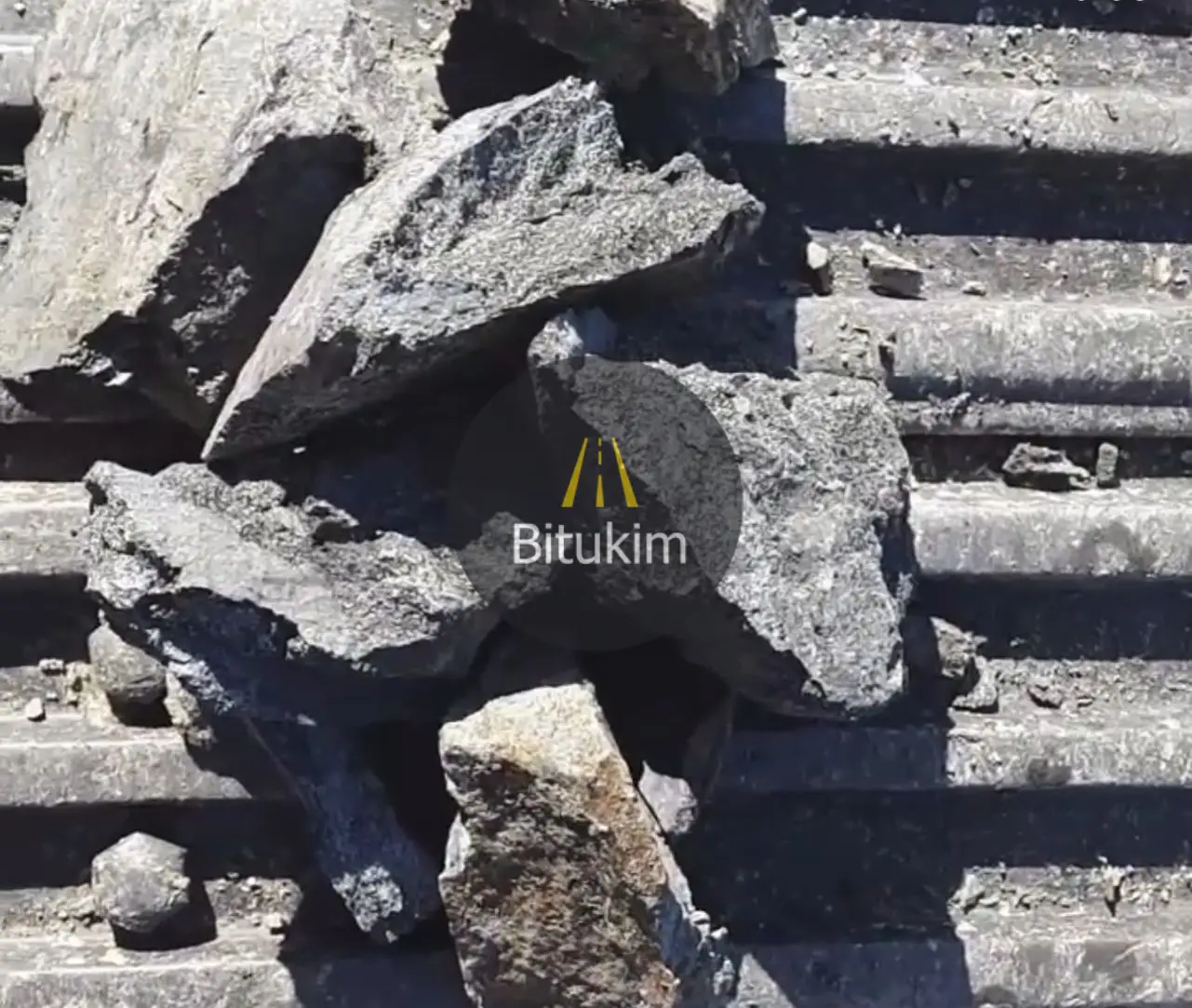The ferrochrome market is poised for significant changes in 2024, driven by evolving industry demands, technological advancements, and geopolitical factors. This post will explore the key trends shaping the ferrochrome market, providing insights for stakeholders and businesses in the metallurgy and steel production sectors.

1. Increasing Demand for Stainless Steel
- Global Growth: The rising demand for stainless steel, especially in emerging economies, is expected to drive ferrochrome consumption. Sectors such as construction, automotive, and consumer goods are contributing to this growth.
- Infrastructure Investments: Increased infrastructure spending, particularly in Asia-Pacific regions, is likely to bolster the demand for stainless steel, thereby impacting ferrochrome prices and availability.
2. Price Volatility
- Fluctuating Raw Material Costs: The prices of key raw materials, including chromite ore and energy sources, can lead to price volatility in the ferrochrome market. Stakeholders should monitor these fluctuations closely.
- Impact of Supply Chain Issues: Disruptions caused by geopolitical tensions or logistical challenges can affect supply and pricing, creating uncertainties in the market.
3. Technological Advancements
- Improved Production Processes: Innovations in ferrochrome production techniques, such as more efficient electric arc furnaces and sustainable methods, are expected to reduce costs and environmental impact.
- Focus on Recycling: The increasing emphasis on recycling ferrochrome and scrap steel will be a significant trend, contributing to a circular economy and reducing the need for primary production.
4. Sustainability and Environmental Regulations
- Growing Environmental Awareness: As industries face pressure to adopt sustainable practices, ferrochrome producers are likely to invest in cleaner technologies and methods to reduce carbon emissions.
- Regulatory Compliance: Stricter environmental regulations in various regions may necessitate changes in production processes, impacting operational costs and investment strategies.
5. Geopolitical Factors
- Supply Chain Dependencies: The ferrochrome market is often influenced by geopolitical dynamics, particularly in key producing countries like South Africa and Kazakhstan. Any instability can affect global supply chains.
- Trade Policies: Changes in trade policies and tariffs can impact the movement of ferrochrome and its derivatives across borders, affecting market dynamics.
6. Emerging Markets
- Africa and Asia: Rapid industrialization in African and Asian markets is expected to drive demand for ferrochrome, as these regions ramp up stainless steel production to meet local and global needs.
- Investment Opportunities: Companies may explore investment opportunities in ferrochrome production in these regions to capitalize on growth prospects.
7. Future Outlook
- Market Growth: Analysts predict a steady growth trajectory for the ferrochrome market through 2024 and beyond, driven by ongoing demand in the stainless steel sector.
- Adaptation Strategies: Companies in the ferrochrome supply chain will need to adapt to changing market conditions, focusing on sustainability, technological advancements, and strategic partnerships to remain competitive.

